A round-up of the best works of art to enter public collections recently
Ackland Art Museum, University of North Carolina at Chapel Hill
Paintings by Joan Mitchell and Milton Avery
Valued at $12.1m, these three works bequeathed by Jane Roughton Kearns, a long-time supporter of UNC-Chapel Hill, significantly augment the Ackland’s collection of post-war American painting. The two large-scale canvases by Joan Mitchell join a single print in the museum collection by the Abstract Expressionist artist. With the acquisition of the other painting, a work by Milton Avery of the 1950s, the museum now boasts 10 works by the painter covering every decade of his life.

Untitled (1962), Joan Mitchell. Ackland Art Museum, University of North Carolina at Chapel Hill. © Estate of Joan Mitchell
Art Gallery of South Australia, Adelaide
Murlapaka shield (19th century), Kaurna people, Adelaide Plains
This shield of eucalyptus wood, one of only seven of its kind surviving from the 19th century, is the first shield by the Kaurna people of the Adelaide Plains to enter the collection of the AGSA, which stands on Kaurna land. The acquisition of the object, which is decorated with pigments of red earth, was supported by a grant of $100,000 from the Australian government.

Murlapaka shield (19th century), Kaurna people, Adelaide Plains. Art Gallery of South Australia, Adelaide. Photo: Saul Steed
Metropolitan Museum of Art, New York
The Seated I and III (2019), Wangechi Mutu
Unveiled in 2019 as the inaugural commission for the Met Fifth Avenue’s facade, Wangechi Mutu’s The NewOnes Will free Us is a series of four bronze caryatids. These traditionally load-bearing female figures – a mainstay both of Western and African classical art – are here presented liberated from their burden and accorded pride of place in the building’s neoclassical alcoves. The sculptures will remain on view until November, and the Met has now acquired two of them for its permanent collection.
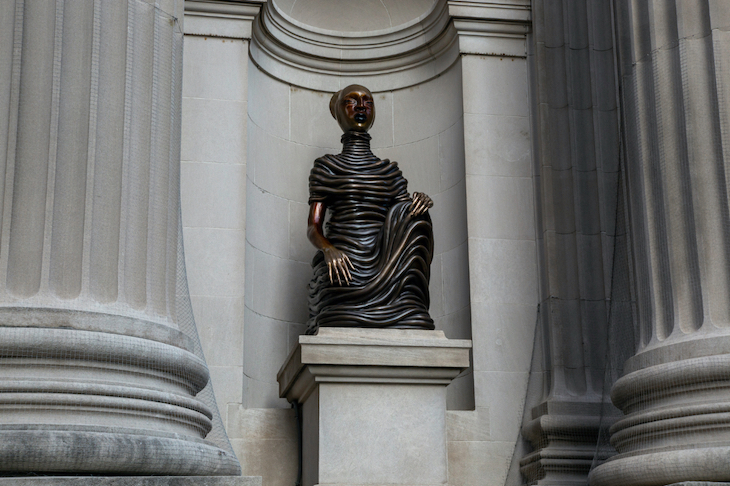
The Seated I (2019), Wangechi Mutu. Metropolitan Museum of Art, New York. Courtesy the Artist and Gladstone Gallery, New York and Brussels; © Wangechi Mutu
Musée d’Orsay, Paris
Mask of Victor Hugo (early 20th century), René Béclu
The young sculptor René Béclu was killed in action during the First World War at the age of just 33, but he is remembered for the monumental marble group Le Secret (1913), which is at the Tête d’Or park in Lyon. This sombre depiction of Victor Hugo, completed in around 1900 – 15 years after the writer’s death – is made from enamelled sandstone; Béclu gave the mask a blue-turquoise tint evocative of veins, adding to its dramatic power.
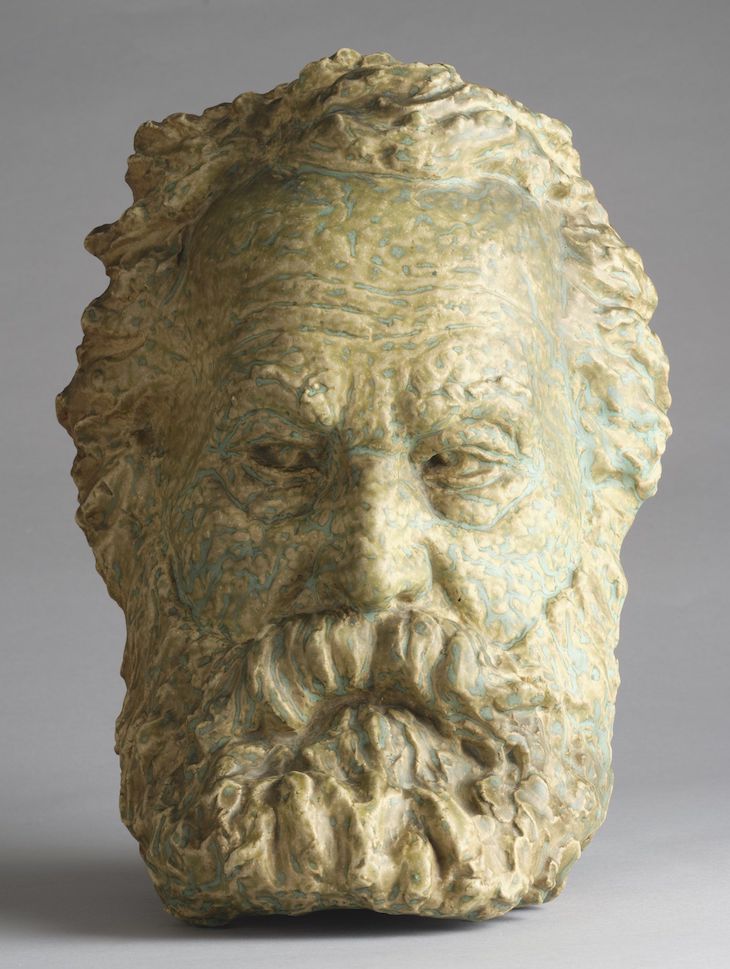
Mask of Victor Hugo (c. 1900), René Béclu. Photo: © Musée d’Orsay, dist. RMN-Grand Palais/Patrice Schmidt
Museum of Modern Art, New York
More than 300 works from the Gayle Greenhill collection of photography
A member of MoMA’s committee on photography between 1989–2013, Gayle Greenhill (1936–2017) was drawn to experimental photographers who expanded the boundaries of the medium – as well as to more literal kinds of exploration, reflected in her own extensive travels. This collection of more than 300 works, which has been donated to MoMA by her husband, Robert Greenhill, includes work by László Moholy-Nagy, Edward Steichen, Man Ray, Diane Arbus, and Cindy Sherman, as well as Herbert Ponting’s documentary images of Scott’s fatal expedition to the Antarctic in 1910.
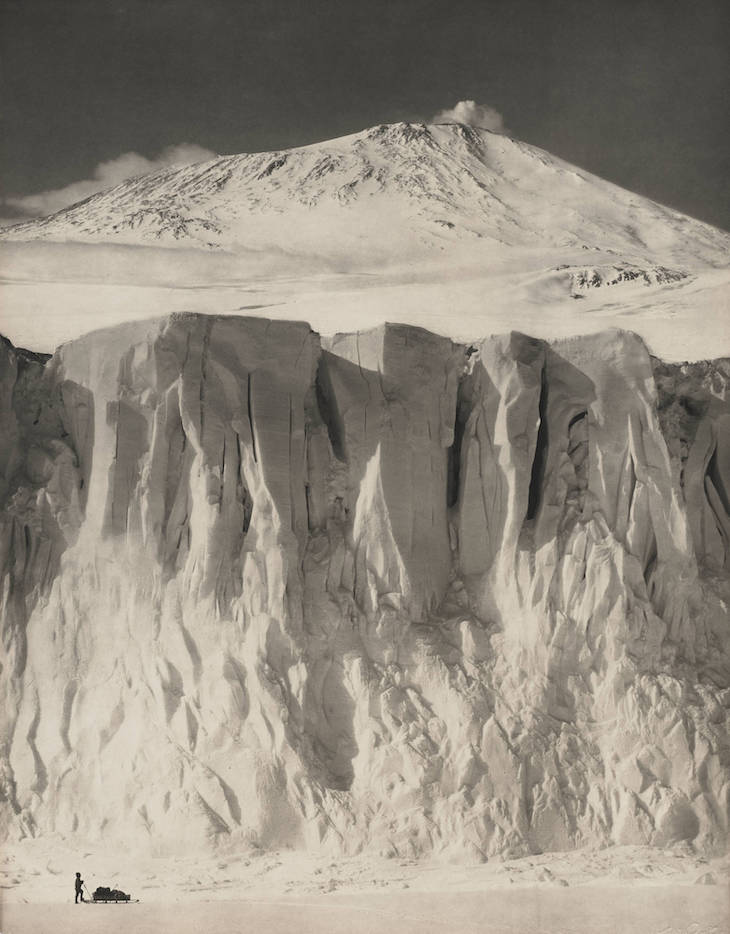
The Ramparts of Mount Erebus (1910), Herbert George Ponting. Museum of Modern Art, New York
National Gallery of Art, Washington, D.C.
I See Red: Target (1992), Jaune Quick-to-See Smith
This imposing 11-foot-tall canvas, combining newspaper clippings with oil paint and crowned with a mock headdress made from a dartboard, is the first painting by a Native American artist to enter the collection of the NGA. The work is a witty rebuke to the commercialisation of Native American identity – a theme Jaune Quick-to-See Smith has often addressed over the course of her long career. It also nods to the work of American Pop artists such as Jasper Johns and Andy Warhol, who likewise incorporated found objects and printed matter into their paintings; the title alludes to Johns’ Target (1958), near which this new acquisition is installed in the NGA’s Pop art galleries.
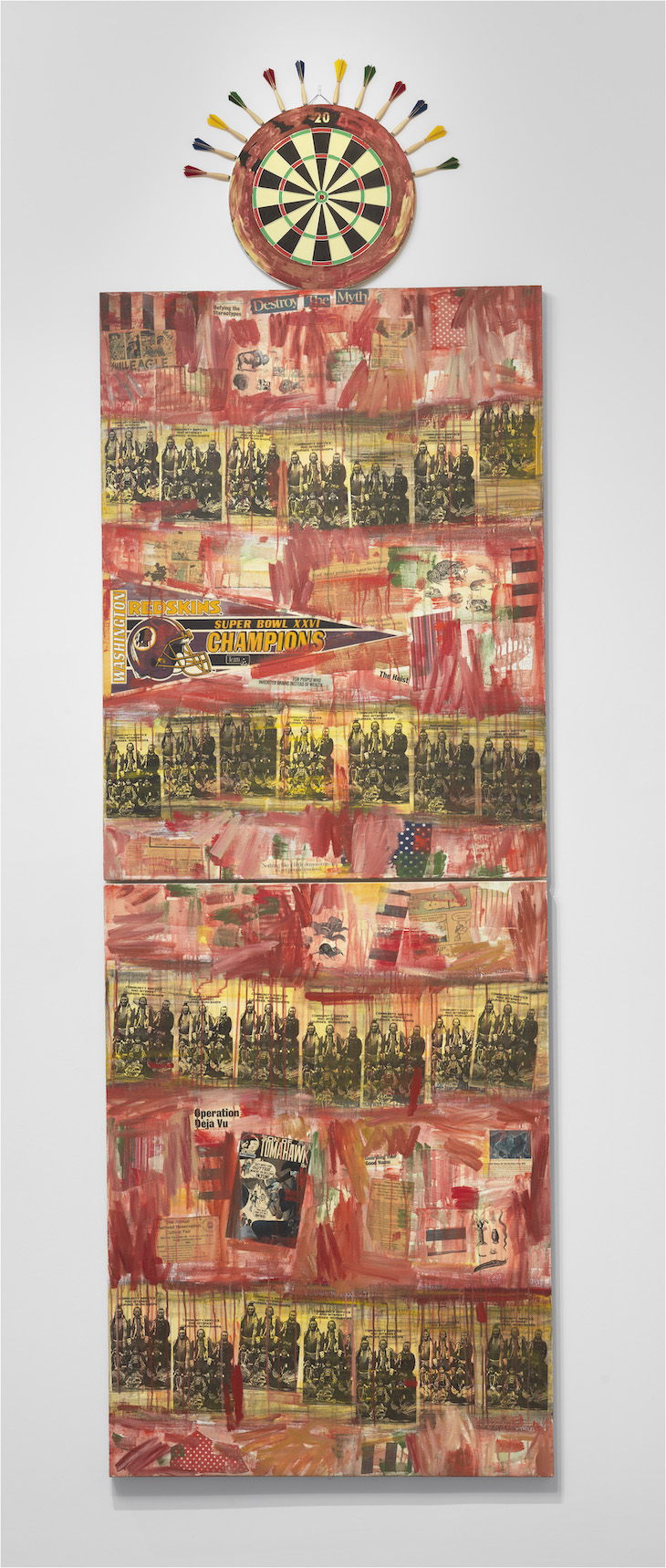
I See Reed: Target (1992), Jaune Quick-to-See Smith. National Gallery of Art, Washington, D.C.
National Gallery, London
Late Afternoon in the Meadow (1887), Camille Pissarro
In 1885, when the Impressionist doyen Camille Pissarro was in his mid 50s, he met Georges Seurat and Paul Signac. Much taken with the younger artists and their experiments with contemporary scientific colour theory, Pissarro adopted their technique of ‘Divisionism’, juxtaposing small dots or strokes of complementary colours, for the next three years. This is the 12th painting by Pissarro acquired by the National Gallery, but the first from this important period of his career; it depicts the shimmering of light on the meadow attached to the artist’s home in Eragny, where he lived for the final two decades of his life.
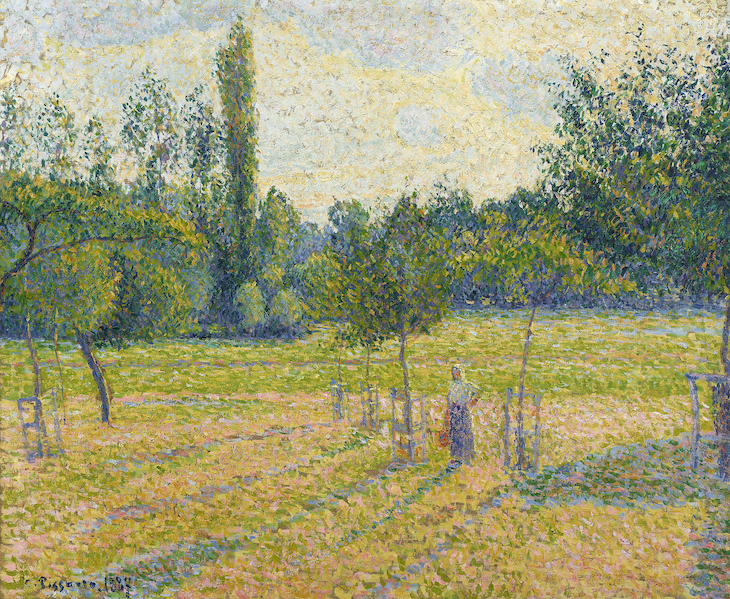
Late Afternoon in our Meadow (1887), Camille Pissarro. National Gallery, London














![Masterpiece [Re]discovery 2022. Photo: Ben Fisher Photography, courtesy of Masterpiece London](http://zephr.apollo-magazine.com/wp-content/uploads/2022/07/MPL2022_4263.jpg)
‘Like landscape, his objects seem to breathe’: Gordon Baldwin (1932–2025)